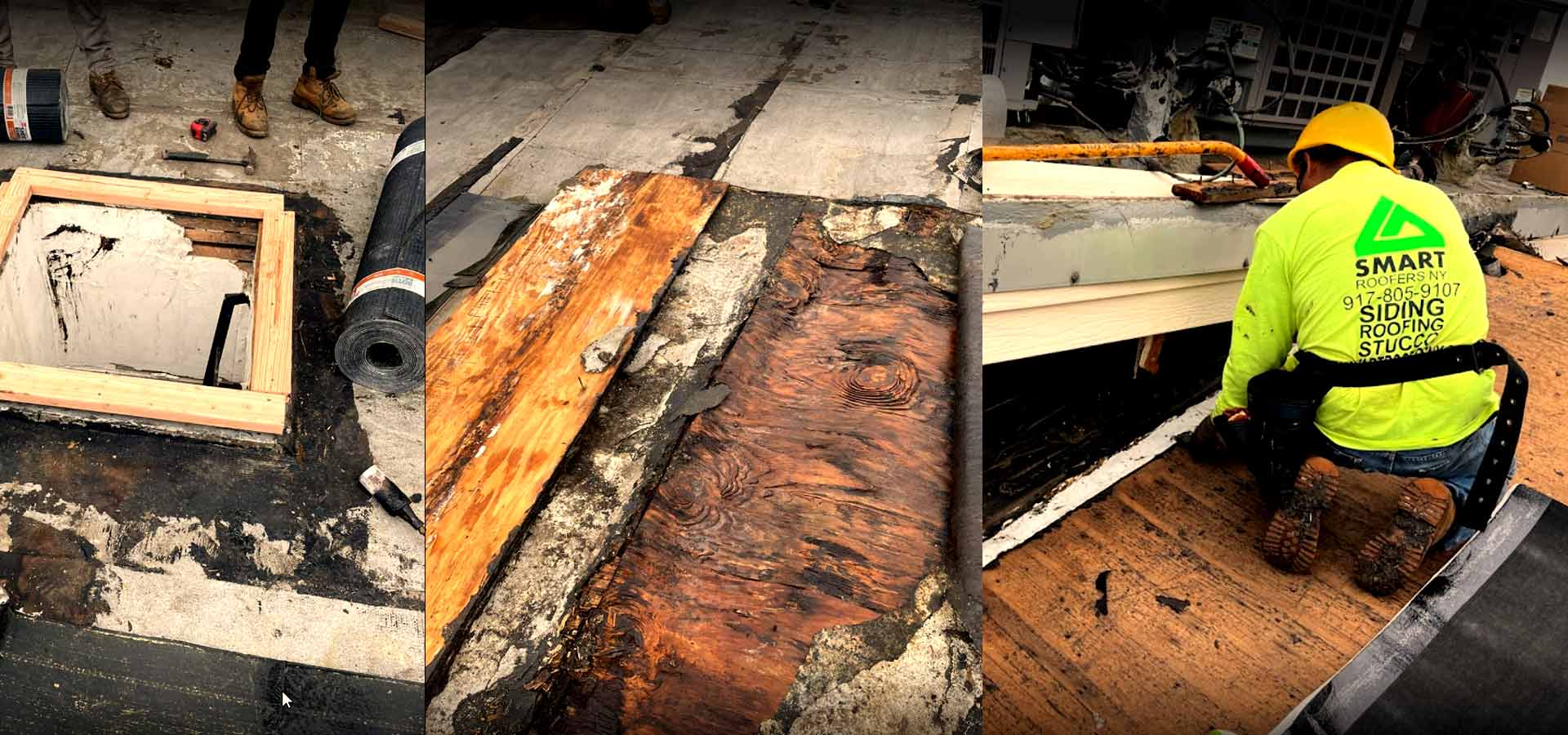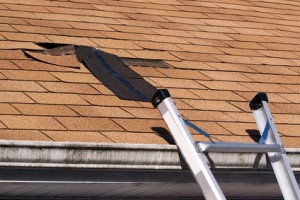Roofing Companies Oahu: Premier Roofers for All Roofing Projects
Roofing Companies Oahu: Premier Roofers for All Roofing Projects
Blog Article
Comprehending the Different Sorts Of Roofs: A Comprehensive Guide for Homeowners
With a selection of choices-- varying from the conventional gable to the contemporary flat-- each type presents distinct benefits and obstacles that should align with the homeowner's specific needs and ecological considerations. As we explore the intricacies of numerous roofing system types, it becomes apparent that one dimension does not fit all; the right option might surprise you.
Saddleback Roof
Gable roofing systems, characterized by their triangular shape, are among one of the most popular roof covering designs because of their simplicity and performance in shedding water and snow. This design features two sloping sides that meet at a ridge, enabling effective drainage and decreasing the danger of water buildup. The high pitch typically connected with saddleback roofs enhances their ability to deal with hefty precipitation, making them ideal for various environments.
Along with their sensible benefits, gable roofing systems provide aesthetic adaptability. They can be adjusted to various building designs, from typical to modern homes. The layout can additionally accommodate added features such as dormer windows, which boost all-natural light and ventilation in the attic room area.
In addition, gable roofing systems provide adequate space for insulation, adding to power performance. House owners can select from a range of roof products, including asphalt shingles, steel, and ceramic tiles, better boosting personalization options.
Regardless of their advantages, gable roofings may call for added support in locations prone to high winds or hefty snowfall. Generally, the saddleback roof stays a popular option as a result of its blend of performance, resilience, and aesthetic allure.
Flat Roofs
Level roofings are typically identified for their minimal layout and practical applications, especially in commercial and industrial settings (oahu roofing). These roofings feature a virtually horizontal or straight surface area, which permits simple building and construction and versatile room utilization. While they may do not have the aesthetic allure of angled roofs, flat roof coverings supply numerous advantages, especially in metropolitan atmospheres where making the most of area is essential
One of the primary benefits of level roofings is their access. Home owners can utilize the roofing system area for different objectives, such as roof yards, balconies, or photovoltaic panel setups. Additionally, level roofings are normally extra affordable to set up and preserve compared to their sloped equivalents, as they call for less products and labor.
Nonetheless, flat roofing systems do present particular difficulties. Correct drainage is necessary to protect against water merging, which can cause leaks and architectural damage. Therefore, choosing top notch waterproofing products and normal examinations are essential for making sure long life. Usual products made use of for level roofings include built-up roof covering (BUR), changed bitumen, and single-ply membranes, each offering distinctive advantages. Overall, flat roof coverings serve as a adaptable and functional choice for numerous house owners and businesses alike.
Hip Roofs
Hip roof coverings are characterized by their sloped sides that merge at the top, creating a ridge. This design stands out from saddleback roofs, as all 4 sides of a hip roof slope downwards towards the wall surfaces, offering an extra steady framework. The angle of the slopes can differ, permitting versatility in architectural appearances and performance.
Among the primary advantages of hip roofs is their ability to stand up to hefty winds and damaging climate condition. The sloped surfaces allow much better water drain, decreasing the danger of leaks and water damages. Additionally, hip roofings supply Visit Website raised attic room space, which can be made use of for storage space and even exchanged habitable areas.
Nevertheless, constructing a hip roof covering can be more intricate and pricey than less complex roof covering kinds, such as gable roofings. The extra material and labor associated with producing the inclines and making sure proper architectural honesty can cause higher expenditures. Despite these disadvantages, numerous house owners prefer hip roofs for their toughness, visual allure, and potential for energy effectiveness.
Mansard Roofs
Mansard roofs, usually recognized by their one-of-a-kind four-sided style, attribute 2 slopes on each side, with the lower incline being steeper than the upper. This architectural style, originating from France in the 17th century, is not only cosmetically appealing however useful, as it maximizes the useful area in the top floors of a structure. The steep lower slope enables for more clearance, making it a suitable option for attic rooms or loft spaces, which can be transformed into living areas.
Mansard roofings are identified by their adaptability, accommodating numerous architectural designs, from traditional to contemporary. They can be created with various materials, including asphalt tiles, slate, or steel, offering house owners with a variety of choices to match their budgets and preferences. Additionally, the style permits for the assimilation of dormer home windows, improving natural light and ventilation in the top levels.
Nonetheless, it is important to think about the potential drawbacks. Mansard roof coverings might need even more maintenance as a result of the complexity of their design, and their high inclines can be testing for snow and rain overflow. On the whole, mansard roofings incorporate sophistication with practicality, making them a preferred choice among house owners seeking distinct architectural features.
Dropped Roofing Systems
As homeowners progressively seek simplicity and functionality in their building layouts, dropped roofing systems have become a preferred option. Identified by More Bonuses a single sloping plane, a shed roof covering presents a minimal visual that matches numerous home styles, from contemporary to rustic.
One of the key benefits of a shed roofing system is its uncomplicated building and construction, which frequently equates to lower labor and material expenses. This design permits efficient water drainage, minimizing the threat of leaks and water damages. In addition, the vertical incline provides enough space for skylights, improving all-natural light within the interior.
Dropped roofings also provide versatility in regards to use. They can be effectively integrated into additions, garages, or outdoor structures like pavilions and sheds. In addition, this roofing system design can suit numerous roofing materials, consisting of steel, asphalt shingles, or also environment-friendly roofing systems, lining up with environmentally friendly efforts.
However, it is vital to think about regional navigate here climate problems, as hefty snow tons may demand modifications to the roofing system's angle or framework. On the whole, lost roofs provide a sensible and aesthetically pleasing option for house owners wanting to optimize capability without compromising style.
Final Thought


Gable roofing systems, identified by their triangular form, are amongst the most popular roofing designs due to their simpleness and performance in dropping water and snow. oahu roofing. The steep pitch generally associated with gable roof coverings improves their capability to take care of heavy precipitation, making them suitable for different climates
While they may do not have the visual charm of pitched roofings, level roofs supply countless benefits, especially in city environments where making best use of area is important.

Report this page